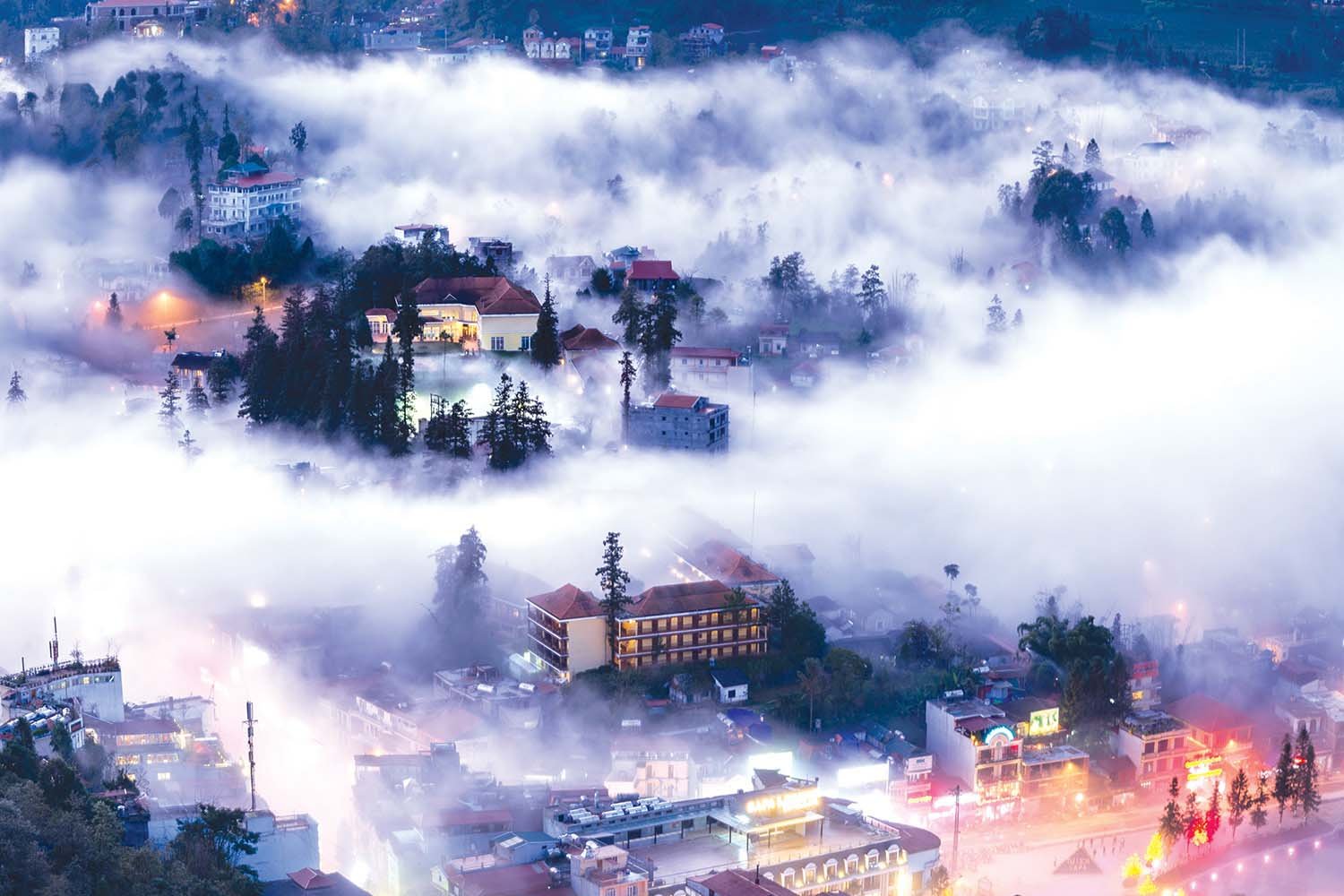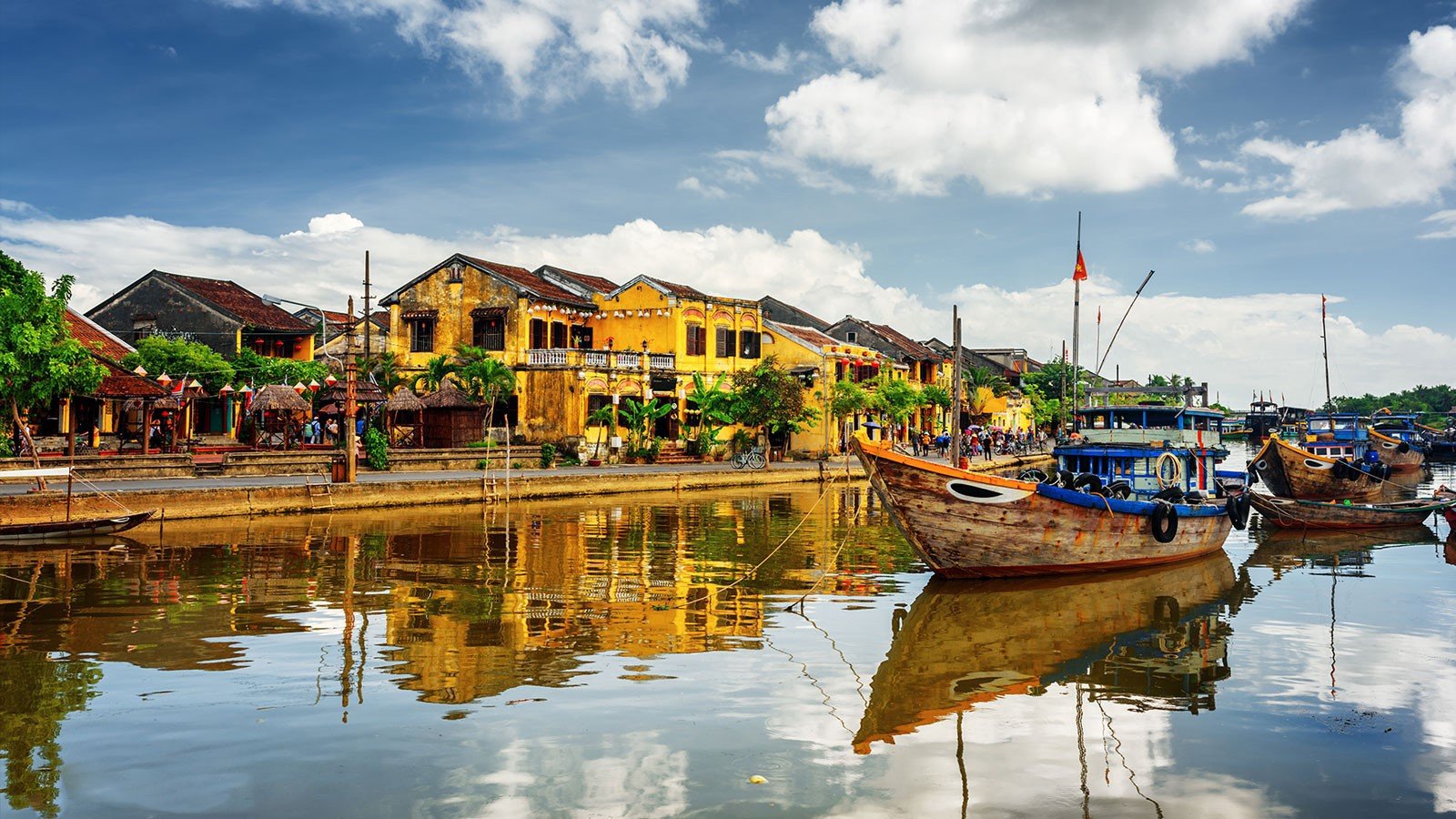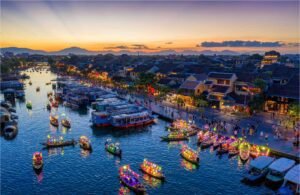When to Visit Hoi An: Weather Insights and Travel Tips
 Mai Anh
Mai Anh
Nestled along Vietnam’s central coast, Hoi An beckons travelers with its timeless charm, rich history, and vibrant culture. But when is the best time to explore this enchanting city? Join Sun Getaways Travel as we delve into weather insights and travel tips to help you plan your perfect journey to Hoi An!
Table of contents
1. Monthly Weather Overview
Hoi An, situated in Central Vietnam, experiences a tropical monsoon climate, characterized by two discernible seasons: the wet season and the dry season.
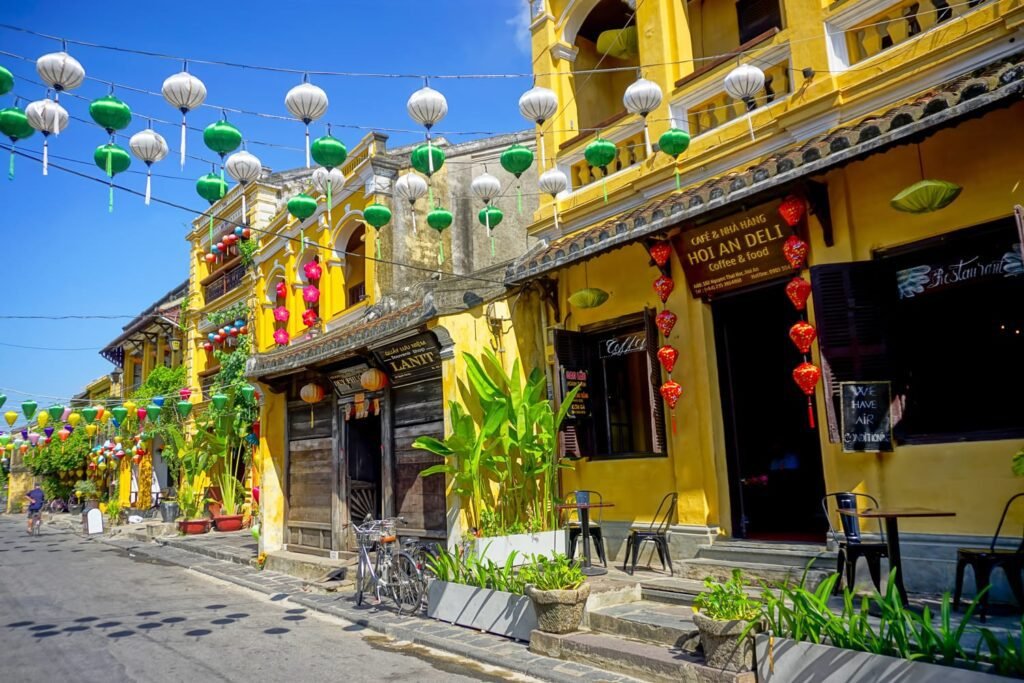
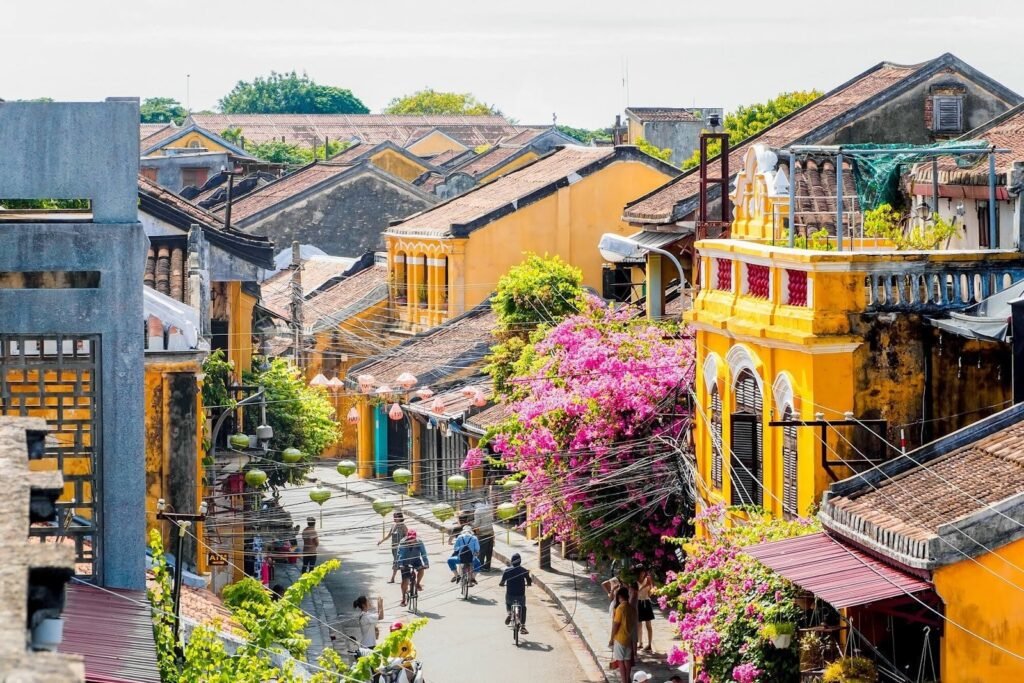
Throughout the dry season, spanning from February to August, Hoi An revels in ample sunshine, boasting an average temperature of approximately 29°C. This period lures a considerable influx of tourists, both local and international, enticed by the city’s captivating allure.
- From February to April: Hoi An experiences delightful weather characterized by mild temperatures, gentle sunlight, and minimal rainfall. It presents an ideal opportunity to leisurely explore the historic town, immersing oneself in its sights and sounds throughout the day.
- From May to August: Hoi An encounters its warmest months of the year, with temperatures peaking around 31°C. Nevertheless, the skies remain generally clear with intermittent clouds, rendering it an opportune time for engaging in beach activities and diving escapades.

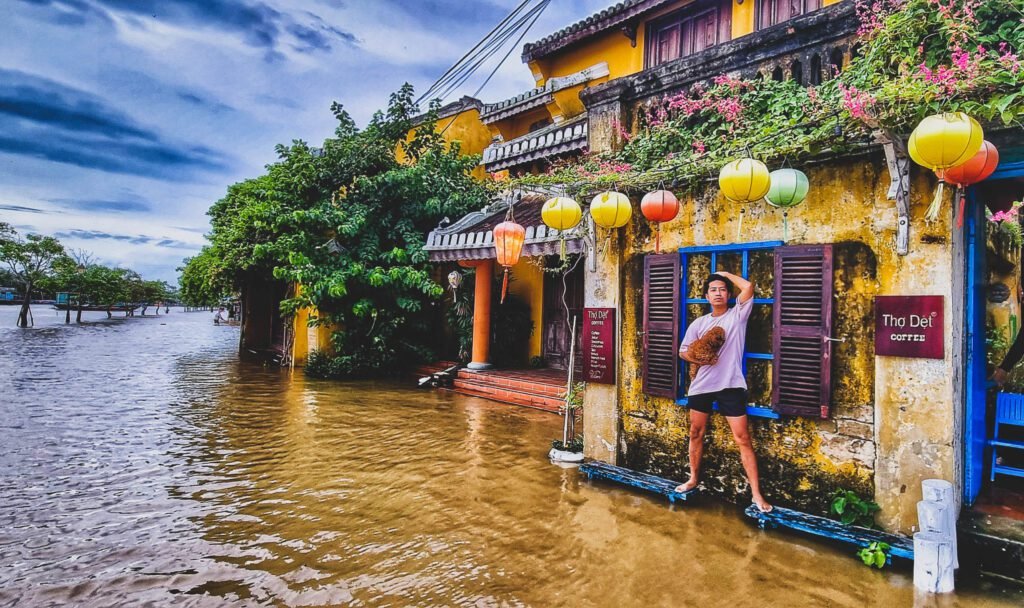
Now, let’s delve into the rainy season. Spanning from September to January, Hoi An encounters a considerable amount of rainfall, occasionally leading to flooding. It’s important to note that certain activities, particularly those related to the beach, may not be ideal during some periods within this season.
- September: Hoi An undergoes a transition from the dry season to the rainy season, with average temperatures hovering around 26-27°C. Weather during this period can be unpredictable, with a noticeable increase in rainy days.
- October to December: Rainfall intensifies, and temperatures decrease to approximately 24-25°C. This marks the peak of the rainy season, characterized by frequent rain, elevated humidity levels, and the potential for tidal surges in mid-October.
- January: Hoi An experiences a milder climate, with temperatures averaging around 22°C. While there may still be occasional rainy days, the risk of tidal surges and floods diminishes during this month.
2. Optimal Period for Exploring Hoi An
Regardless of whether it’s the wet or dry season, Hoi An retains its distinct charm. Drawing from our expertise, we recommend visiting Hoi An during the dry season, particularly from February through April.
Let’s explore Hoi An: 10 Unforgettable Experiences

Lantern festival occurs on the 14th day of Lunar calendar
During this time, the weather is delightful and conducive to a variety of exciting activities, free from concerns about storms or disruptions to beach-related pursuits. Additionally, what makes this period even more appealing is the abundance of spring festivals, including:
| Festivals | Lunar Calendar | Gregorian Calendar |
|---|---|---|
| Kim Bong Village Memorial Day | January 6th | February 15th |
| Cau Bong Festival | January 7th | February 16th |
| First Full Moon Festival | January 15th | February 24th |
| Ritual Procession of Long Chu | January 15th | February 24th |
| Ba Thu Bon Festival | February 12th | March 21st |
| Salangane Craft Ancestors Memorial Day | March 9th, 10th | April 17th, 18th |
| Ca Ong Festival | March 15th | April 23rd |
| Thien Hau’s Veneration Day | March 23rd | May 1st |
The ideal time to visit Hoi An is during the 1st, 14th, and 15th days of the lunar calendar. These days feature the Flower Lantern Festival, where locals release lanterns onto the water, symbolizing peace and happiness. Additionally, on the 14th day, homes are adorned with beautiful lanterns, creating a mesmerizing sight to behold during nighttime strolls through Hoi An.
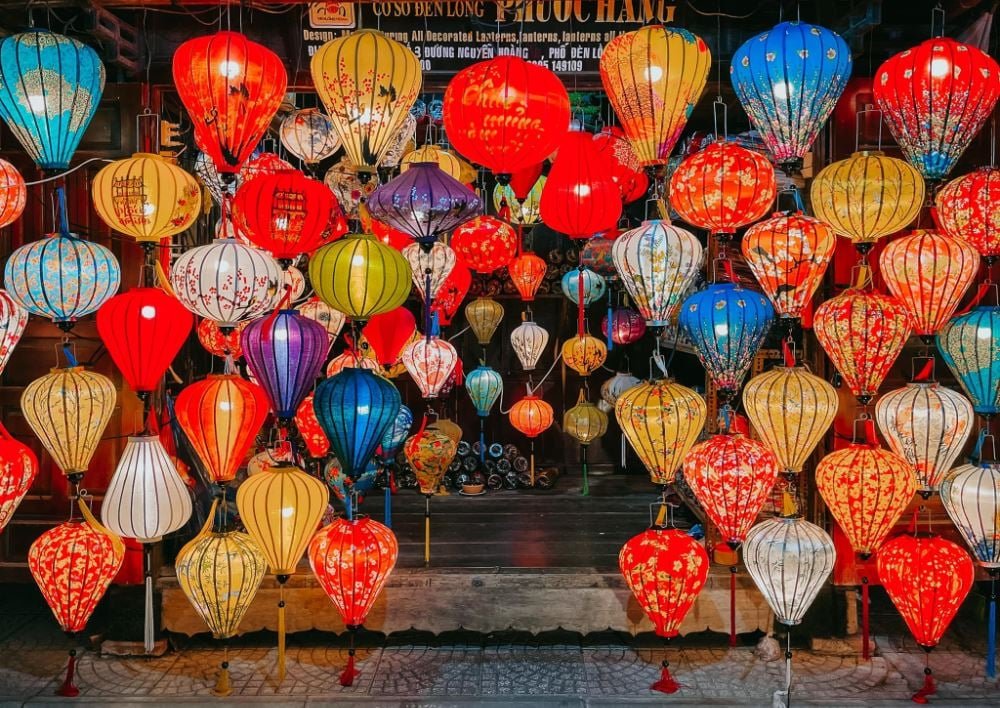
Hoi An sparkles at night with the glow of lanterns
Additionally, another rationale behind recommending a visit to Hoi An from February to April is the moderate crowd levels. During this dry season period, which is not the peak tourist season, you can circumvent the congestion typically encountered at renowned tourist spots.
3. Insider Advice for Touring
For the best experience in Hoi An, consider these tips:
- Wear lightweight clothes to combat the intense sun.
- Protect yourself with sunscreen, hats, and sunglasses.
- Stay hydrated in the hot weather.
- Keep essential medications handy.
- Inquire about prices and negotiate when necessary.
- Book accommodations and services in advance during peak seasons.
Are you a solo traveler? Then you should read this article >>> Vietnam for solo travelers
Weather significantly influences your travel encounters in Hoi An. We trust that the insights provided by New Asia Tours have been beneficial in determining the ideal time for your visit. For tailored guidance on your upcoming Vietnam journeys, feel free to contact Sun Getaways Travel. Alternatively, you can explore the tour packages below for further reference:
Ask a question
Leave a Comment (0)
No questions yet. Be the first to ask a question!





